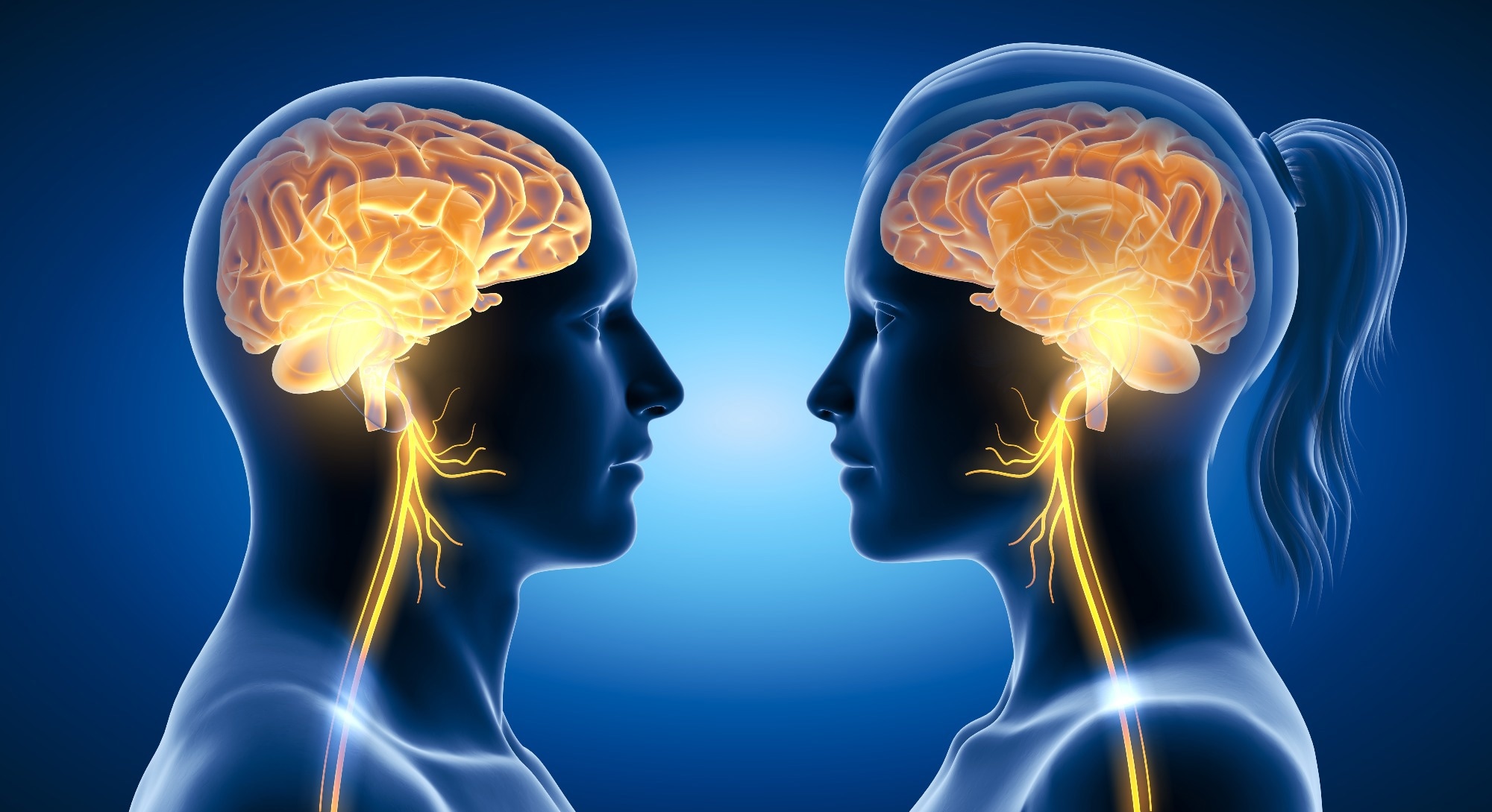Psychological stress is one of the risk factors for cardiovascular disease. Exposure to psychosocial stressors leads to the secretion of corticotropin-releasing hormone and, subsequently, adrenocorticotrophic hormone. This results in the production and release of glucocorticoids into circulation. However, there is limited information about the relationship between psychosocial stress and aldosterone, the mineralocorticoid hormone structurally similar to cortisol.
Aldosterone plays a vital role in water and electrolyte homeostasis in collecting ducts and distal tubules of nephrons; thus, excessive levels promote cardiovascular injuries and hypertension. Increased aldosterone levels are linked to impaired baroreflex sensitivity. The parasympathetic nervous system modulates baroreceptor sensitivity. tVNS is being explored to treat depression and other related disorders; given the elevated aldosterone concentrations during depression and stress, tVNS could influence its secretion.
 Study: A randomized vagus nerve stimulation study demonstrates that serum aldosterone levels decrease with age in women, but not in men. Image Credit: Axel_Kock / Shutterstock
Study: A randomized vagus nerve stimulation study demonstrates that serum aldosterone levels decrease with age in women, but not in men. Image Credit: Axel_Kock / Shutterstock
About the study
In the present study, researchers assessed the effects of acute tVNS on aldosterone levels in healthy participants. They included 20 younger individuals aged 21-26 and 19 older adults aged 40-79. Subjects were interviewed about medical history before inclusion to ensure that probands had no mental or somatic diseases and did not use medicines except contraceptives. Participants were prohibited from consuming alcohol, nicotine, and caffeine.
Each subject underwent an active and sham tVNS in a randomized order for two days. Blood pressure and electrocardiographic measurements were performed on each day throughout the experiment. The protocol included resting period or forearm stimulation and rhythmic breathing, performed before, during, and after (active or sham) tVNS.
Blood samples were obtained pre- and post-experiment to quantify serum aldosterone. A cross-over design was implemented for stimulation conditions. The left ear's inner tragus was the stimulation site, and the left earlobe was the sham treatment site. A device with bipolar clip electrodes delivered continuous biphasic, rectangular pulses at 30 Hz.
Linear mixed models were used to test changes in aldosterone levels before and after stimulation. A post hoc F-test was used to assess whether alterations in aldosterone concentrations differed between conditions. Effects of sex and age on aldosterone levels independent of tVNS were separately analyzed. Group-specific sex differences in BMI and age were evaluated.
Findings
The age distribution of males and females in the younger cohort was similar, with a median of 23 years. By contrast, the median age of females among older subjects was 7.5 years higher than males. Males had higher BMI than females, albeit non-significant. The mean blood pressure difference was less distinct between younger males and females.
Active tVNS significantly reduced aldosterone levels in younger individuals but non-significantly with sham treatment. The F-test revealed no significant difference between sham and active treatments. Likewise, active tVNS significantly decreased aldosterone in older adults, and sham treatment resulted in a trend toward reduction, with the F-test showing no significant differences between treatments.
BMI was not a significant covariate in either age group. Younger males had lower aldosterone levels than younger females independent of active or sham treatment. Intriguingly, males in the older cohort had elevated aldosterone levels than females. The youngest females had the highest aldosterone, whereas the oldest females had the least, indicating a significant interaction effect between age and sex.
Conclusions
Taken together, the researchers observed no significant difference in changes in aldosterone levels between active tVNS and sham treatment from pre- to post-stimulation. Although aldosterone declined during treatment, which was more pronounced with active tVNS, the difference was insufficient to conclude relevant effects relative to sham treatment. Moreover, aldosterone levels depended on the age and sex of participants, regardless of stimulation conditions.
The study's limitations include limited generalizability, given the small sample size and the fact that all participants were White. Besides, salt intake was not controlled for, and thus, the team could not rule out that the differences in aldosterone levels were due to sodium intake. Further, they could not exclude that the high aldosterone concentrations in younger subjects were due to increased progesterone. Overall, direct conclusions could not be drawn due to the limitations, warranting future studies.